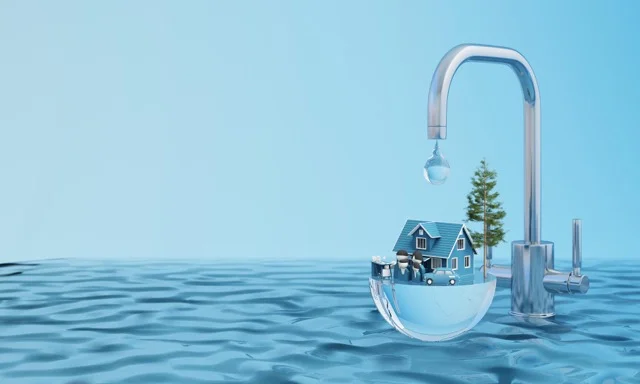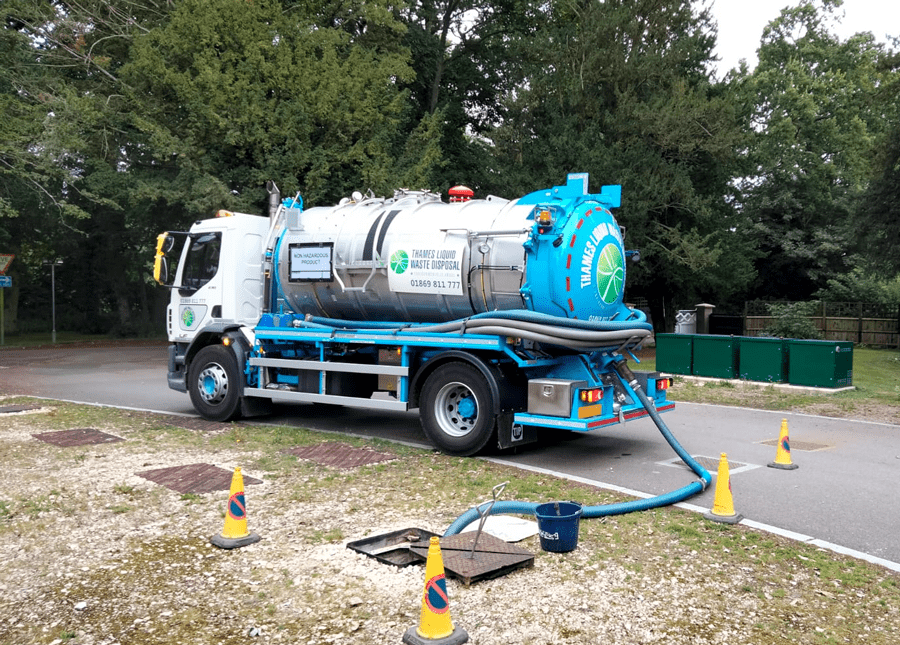Reclaim Waste - An Overview
Reclaim Waste - An Overview
Blog Article
The Single Strategy To Use For Reclaim Waste
Table of ContentsLittle Known Facts About Reclaim Waste.Reclaim Waste for Dummies10 Easy Facts About Reclaim Waste DescribedReclaim Waste - An OverviewThe Definitive Guide for Reclaim Waste
Residential sewage waste refers to the waste and items from a residential septic container. The proper administration and disposal of residential sewage waste need fluid waste to be transferred to a sewage therapy plant where the proper techniques and equipment are used to detoxify and dispose of waste.
Commercial waste often includes potential hazards, such as combustible materials or a blend of liquid and solid waste items, and requires a much more innovative and detailed disposal procedure. The disposal of business waste normally includes the filtering of waste prior to transportation to guarantee secure and correct disposal. Hazardous waste is produced from byproducts and runoff of industrial processes and manufacturing.
This sort of waste can not use the very same sewer monitoring transportation or processes as septic or business liquids. The hazardous waste monitoring procedure requires the evaluation and screening of fluid waste before it undergoes the disposal procedure (liquid waste disposal). Drainage waste is the fluid waste that originates from overflow and excess stormwater in highly inhabited areas or cities
Runoff waste can cause contamination and flooding if not handled correctly. Ensuring correct waste administration can protect against calamities and decrease ecological harm.
The Main Principles Of Reclaim Waste
Call PROS Providers today to learn more about our waste monitoring and disposal services and the correct ways to look after the liquid waste you generate.
(https://reclaimwaste1.mystrikingly.com/blog/efficient-liquid-waste-disposal-in-melbourne-why-reclaim-waste-is-your-go-to)Do you recognize what takes place to your water when you pull the plug, purge the toilet or drain pipes the washing equipment? No? Well, it deserves understanding. This supposed 'wastewater' is not just an essential resource yet, after therapy, will be launched to our land, waterways or the ocean. Used water from bathrooms, showers, baths, kitchen sinks, laundries and commercial procedures is recognized as wastewater.

water used to cool down machinery or clean plant and tools). Stormwater, a type of wastewater, is runoff that streams from farming and metropolitan areas such as roofing systems, parks, gardens, roads, courses and gutters right into stormwater drains pipes, after rainfall. Stormwater moves untreated directly to regional creeks or rivers, eventually getting to the sea.
The Buzz on Reclaim Waste
In Queensland, the majority of wastewater is dealt with at sewer treatment plants. Wastewater is transported from residential or commercial sites with a system of drains and pump terminals, called sewage reticulation, to a sewage treatment plant. City governments build, preserve and operate most sewer therapy plants. Operators are accredited under the Environmental Defense Act 1994 to release cured wastewater at an appropriate ecological standard into rivers.
The Department of Natural Resources encourages city governments about handling, operating and maintaining sewerage systems and treatment plants. In unsewered areas, regional federal governments might require householders to mount individual or household sewer therapy systems to deal with domestic wastewater from commodes, cooking areas, restrooms and washings. The Division of Natural Resources authorizes making use of family systems when they are shown to be efficient.
A lot of stormwater obtains no treatment. In some brand-new subdivisions, treatment of some stormwater to get rid of clutter, sand and crushed rock has begun using gross toxin traps. Wastewater therapy occurs in 4 phases: Eliminates solid matter. Bigger solids, such as plastics and various other items mistakenly released to sewage systems, are eliminated when wastewater is passed through displays.
Makes use of little living organisms recognizes as micro-organisms to damage down and remove continuing to be dissolved wastes and great fragments. Micro-organisms and wastes are included in the sludge.
Fascination About Reclaim Waste
Nutrient elimination is not offered whatsoever sewage therapy plants since it requires expensive specialist equipment. It is becoming much more common in Queensland. Clear liquid effluent generated after treatment may still consist of disease-causing micro-organisms. If this effluent is released into waterways such as rivers or the sea, the micro-organisms will eventually die out.

Many wastewater flows into the sewerage system. Under the Act, neighborhood federal governments administer authorizations and licences for ecologically pertinent tasks (Ages) including wastewater releases that may have a local impact.
Getting My Reclaim Waste To Work
Or else, examples are taken for lab evaluation. Often lots of tests are needed to develop the degrees of each of the different pollutants such as oils, hefty steels and chemicals in water. Tracking provides accurate details concerning water high quality and can validate that permit conditions are being fulfilled. The information acquired through monitoring provides the basis for making water high quality choices.
Report this page